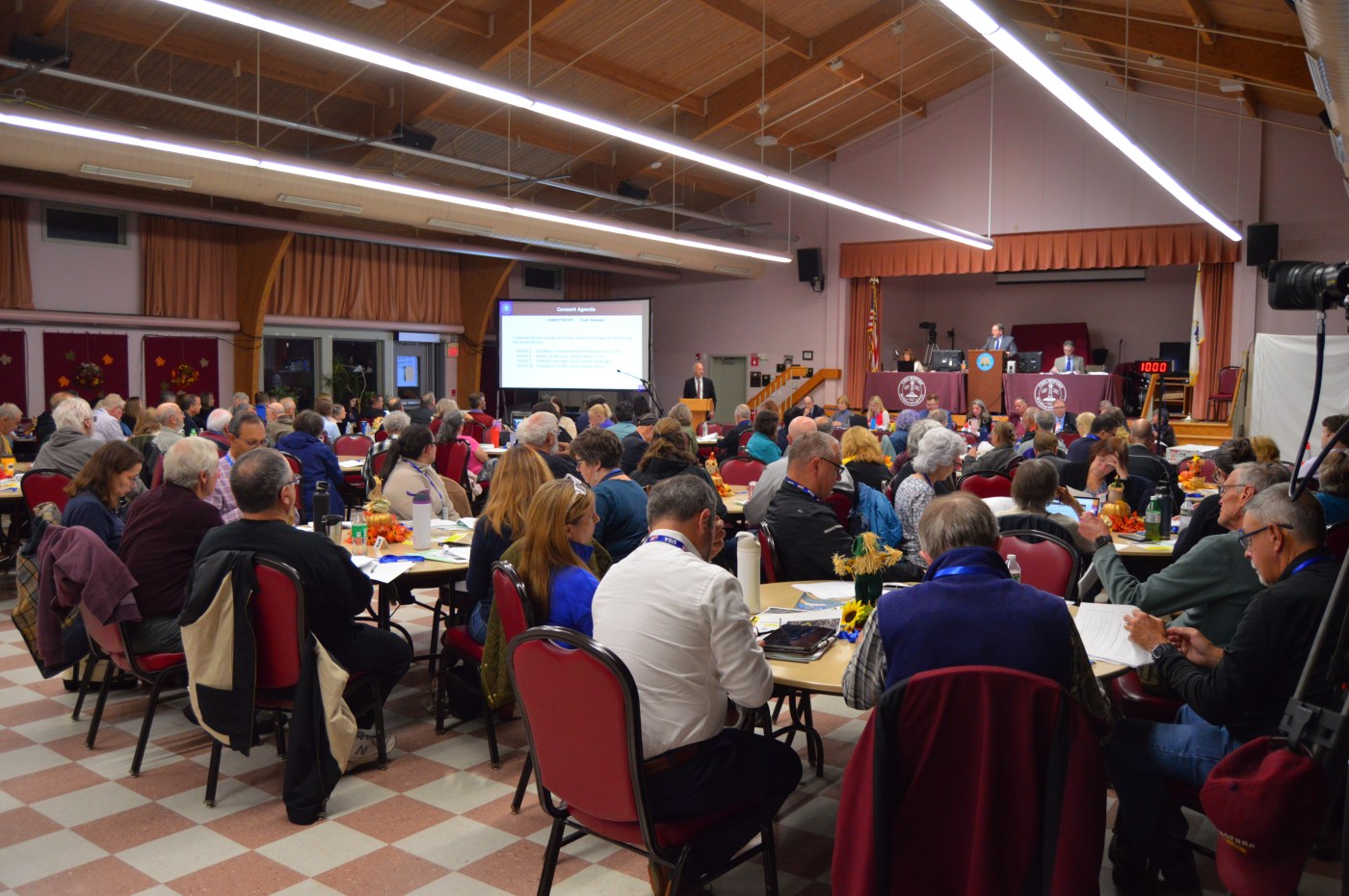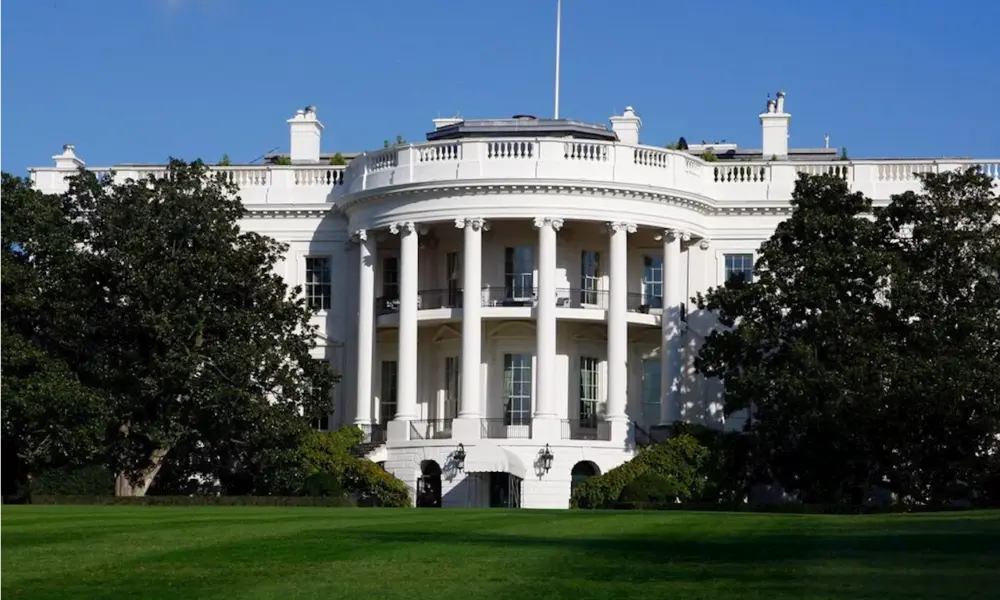UPDATE: The Chelmsford Town Meeting just concluded Thursday evening, passing critical zoning and bylaw changes that will reshape local development. With a decisive 114-1 vote, the meeting adopted new regulations aimed at creating a Roadside Commercial Light District (CBLT) around Kate’s Corner, a decision that promises to impact the community significantly.
The meeting kicked off with a robust discussion led by Chelmsford Planning Board Chair Chris Lavallee, who presented a bundled consent agenda comprising 12 articles. These articles are designed to facilitate the establishment of the CBLT, which is intended to serve as a transitional area between residential and light industrial zones. “If we approve all 11, and then vote down the 12th, all of that time on the first 11 will have been wasted,” Lavallee explained, emphasizing the importance of a unified vote.
The CBLT zone aims to mitigate impacts from the nearby Lockheed Martin facility by providing clear guidelines for future developments. Lavallee noted that the new zone would help protect residential areas while allowing for small-scale manufacturing, including 3D printing and specialized electronics manufacturing. This new definition for ultra-light manufacturing was adopted through Article 23.
Planning Board member Annita Tanini voiced strong support for the changes, stating, “You want to build a distribution center? Fine, there are areas where you can put that in town. You cannot put that next to someone’s residential home.” The overwhelming support for the consent agenda, passing with a 107-3 vote, reflects a community eager to balance development with residential needs.
Following the consent agenda, Article 27 solidified the application of the new CBLT zoning at Kate’s Corner. Lavallee reassured residents that the new zoning would not affect Lockheed Martin but would prevent future developments that could disrupt the neighborhood. “There is very widespread support from the abutters,” he stated, highlighting the collaborative effort behind these zoning changes.
Another significant change was addressed under Article 29, which revised the town’s definition of “family” in compliance with the Fair Housing Act. The new definition allows for a broader interpretation of family structures, stating, “One or more persons occupying a dwelling unit who share access to common living, cooking, and eating areas, living together as a single housekeeping unit with permanence and cohesiveness.” This change, which passed with an 88-22 vote, aims to ensure that Chelmsford’s bylaws support diverse living arrangements.
Local resident Matthew Castle emphasized the importance of this measure, asserting, “I don’t think it is the job of our town government to police who lives in the house with us.” His comments resonated with many, fostering a sense of community acceptance in the face of evolving societal definitions of family.
The meeting also addressed Article 30, which sought to remove references to school impacts in special permit bylaws. This change passed with an 86-23 vote, despite concerns raised about the implications for the town’s budget and educational resources. Town attorney John Eichman clarified that state law prohibits planning boards from considering school impacts when granting special permits.
As Chelmsford moves forward with these changes, residents and developers alike will be watching closely. The newly adopted zoning regulations are expected to guide future developments while safeguarding the interests of local residents. The Town Meeting’s outcomes reflect a proactive approach to urban planning, balancing growth with community integrity.
Residents are encouraged to stay informed as these zoning changes take effect, with the potential for significant impacts on local development and quality of life in Chelmsford.






